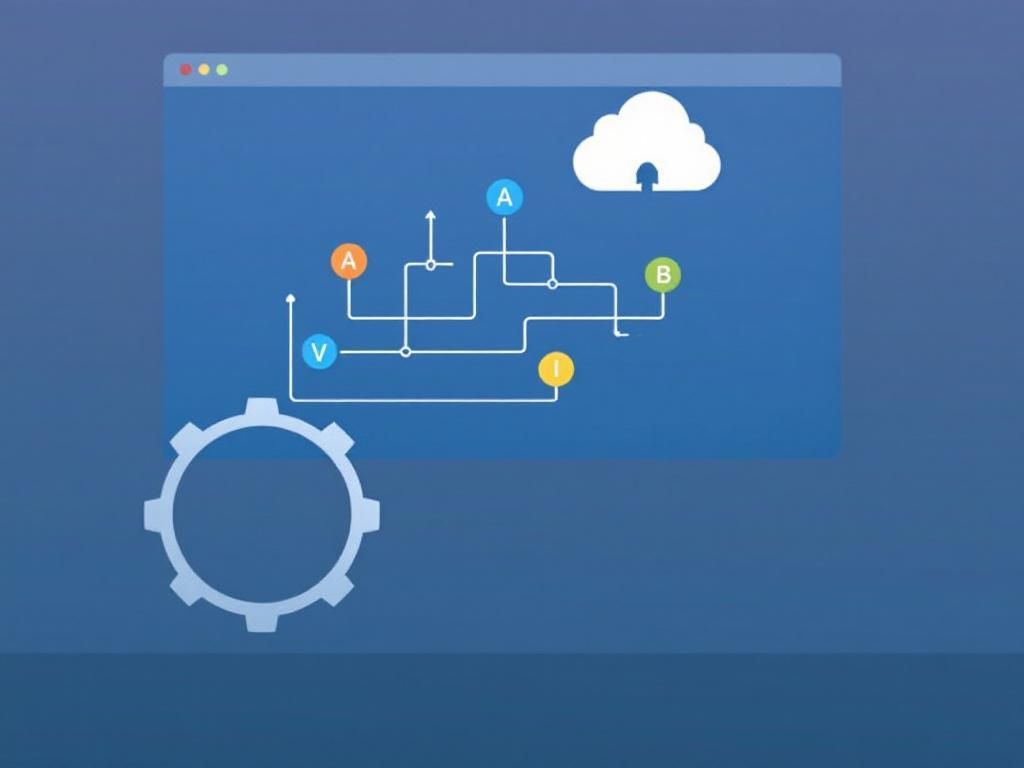Unlocking Enterprise Potential with Software Management
Discover how effective software management can unlock your enterprise's potential, driving efficiency and innovation in your organization.

In today’s fast-paced digital landscape, managing software resources effectively is crucial for enterprises aiming to unlock their full potential. The right software management practices can drive efficiency, enhance collaboration, and promote innovation. This article explores the essential components of effective software management, including best practices, tools, and strategies that can help organizations thrive.
Table of Contents
Understanding Software Management
Software management refers to the processes involved in planning, acquiring, developing, deploying, maintaining, and retiring software applications. It encompasses a wide range of activities that ensure software solutions align with organizational objectives. Effective software management can significantly reduce costs, streamline workflows, and enhance productivity.
Key Components of Software Management
- Planning: Involves assessing needs, defining requirements, and establishing a roadmap for software deployment.
- Acquisition: Entails selecting the right software solutions that meet business needs, including licensing considerations.
- Development: Focuses on building custom software or adapting existing solutions to deliver value.
- Deployment: Involves implementing the software across the organization while ensuring minimal disruption.
- Maintenance: Requires ongoing support, updates, and improvements to keep software relevant and efficient.
- Retirement: Involves phasing out obsolete software and transitioning to newer solutions.
Benefits of Effective Software Management
Implementing a robust software management strategy offers numerous advantages:
- Cost Efficiency: Reduction in software expenses through better vendor management and license optimization.
- Enhanced Productivity: Streamlined processes that empower teams to focus on core tasks.
- Improved Compliance: Ensures adherence to regulations and standards, reducing the risk of penalties.
- Better Collaboration: Facilitates communication and teamwork across departments.
- Increased Agility: Enables quick adaptation to market changes and technological advancements.
Challenges in Software Management
While software management brings multiple benefits, it also presents challenges, such as:
| Challenge | Description |
|---|---|
| Complexity | Managing a diverse range of software tools can be overwhelming. |
| Integration Issues | Ensuring that different software systems work together seamlessly. |
| Security Risks | Addressing vulnerabilities in software that could lead to data breaches. |
| Cost Overruns | Unexpected costs associated with software licenses, updates, and maintenance. |
| Lack of Skilled Personnel | Difficulty in finding qualified staff to manage software effectively. |
Best Practices for Software Management
To maximize the benefits of software management, consider the following best practices:
1. Conduct a Comprehensive Software Audit
Regularly assess existing software assets to understand usage patterns, license compliance, and performance. This audit helps identify underutilized or redundant software, allowing for better decision-making in resource allocation.
2. Establish Clear Policies and Procedures
Develop and communicate guidelines for software acquisition, usage, and maintenance. Clear policies help ensure that all employees understand their responsibilities and reduce the risk of non-compliance.
3. Implement a Centralized Software Management Tool
Utilizing a software management platform can help streamline processes and provide visibility into the software ecosystem. Features to look for include:
- License management
- Usage tracking
- Integration capabilities
- Reporting and analytics
4. Foster a Culture of Collaboration
Encourage cross-departmental collaboration when choosing and using software. Stakeholders from various teams can provide valuable insights into software needs, leading to more effective solutions.
5. Stay Informed About Industry Trends
Keeping up with emerging technologies and trends ensures that your software strategy remains relevant. Regularly attend industry conferences, webinars, and training sessions to stay informed.
Tools for Effective Software Management
The right set of tools can make a significant difference in managing software effectively. Here are some essential tools to consider:
- Asset Management Software: Helps track and manage software licenses and usage.
- Project Management Tools: Facilitates collaboration and task management across software development and implementation.
- Security Solutions: Protects software assets from vulnerabilities and threats.
- Data Analytics Platforms: Provides insights into software performance, usage patterns, and areas for improvement.
Popular Software Management Tools
| Tool Name | Primary Function |
|---|---|
| Jira | Project management and issue tracking |
| ServiceNow | IT service management and software asset management |
| Snyk | Security for open-source software |
| Microsoft SCCM | Systems management for software deployment |
| Asana | Task and workflow management |
Case Studies: Success Stories
Real-world examples can illustrate the impact of effective software management:
Company A: Streamlining Operations
Company A implemented a centralized software management system that allowed them to track software usage and licenses. As a result, they reduced software costs by 30% and improved compliance with licensing agreements.
Company B: Enhancing Team Collaboration
By introducing a project management tool, Company B fostered better communication between teams. This resulted in a 50% reduction in project completion time, driving greater innovation and responsiveness to market needs.
Conclusion
In conclusion, effective software management is a critical component of unlocking enterprise potential. By understanding the key components, benefits, and best practices, organizations can leverage software to drive efficiency, collaboration, and innovation. Investing in the right tools and fostering a culture of collaboration will ensure that your software management strategy remains effective in a rapidly evolving technological landscape.
FAQ
What is software management and why is it important for enterprises?
Software management involves the planning, development, deployment, and maintenance of software applications. It is crucial for enterprises as it ensures efficient resource utilization, enhances productivity, and supports strategic business goals.
How can effective software management unlock enterprise potential?
Effective software management can unlock enterprise potential by streamlining operations, improving collaboration, and enabling better decision-making through data analysis, ultimately leading to increased profitability and competitive advantage.
What are the key components of a successful software management strategy?
A successful software management strategy includes clear planning, robust project management, continuous monitoring of performance, effective resource allocation, and regular updates and maintenance of software systems.
What tools and technologies are commonly used in software management?
Common tools in software management include project management software, version control systems, issue tracking tools, and collaboration platforms, which help teams coordinate tasks and maintain software quality.
How can enterprises ensure software compliance and security?
Enterprises can ensure software compliance and security by implementing rigorous governance policies, conducting regular audits, utilizing security tools, and providing ongoing training for employees on best practices.






